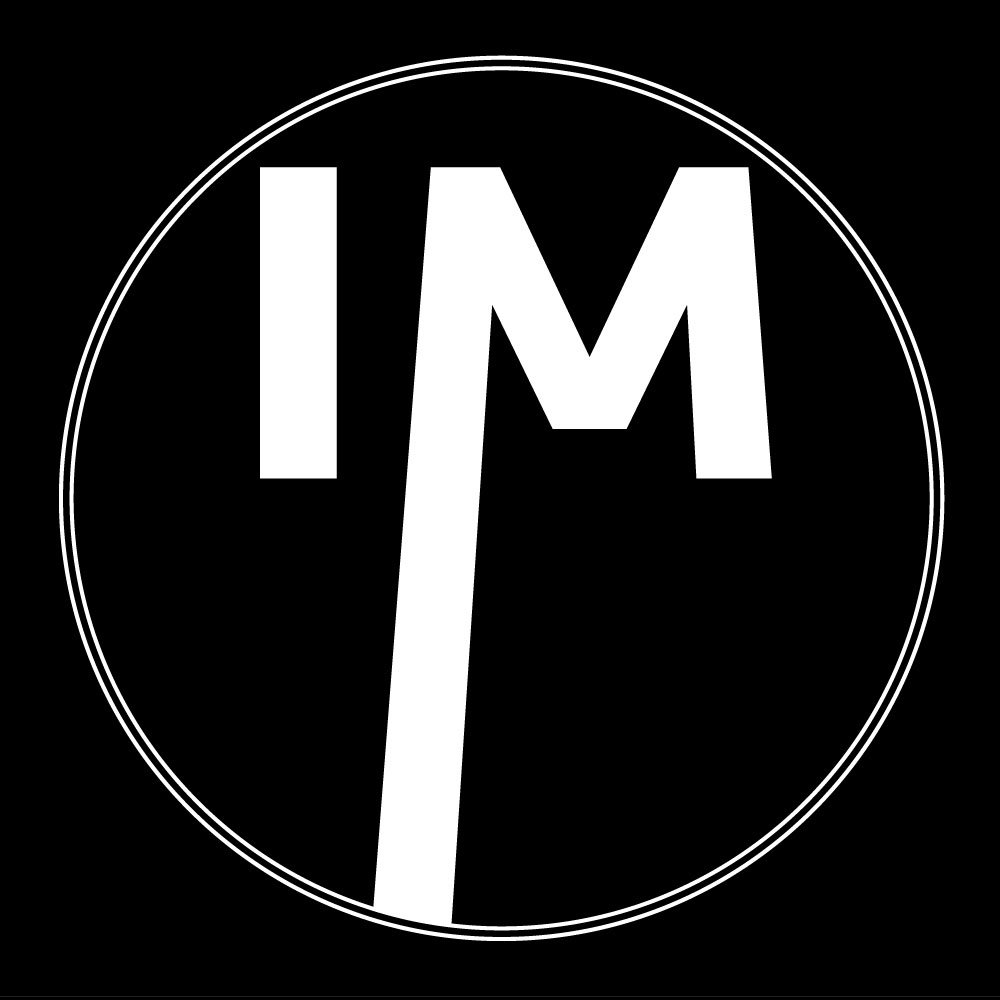About Ian
I AM AN ARTIST – EDUCATOR – MENTOR
UNICORNROWS - My B&W photo blog
LINKEDIN - Connect with me
ian@ianmerritt.com - Email me
SELECT CLIENTS
Infiniti Motor Company, CNN, Workshoppe Chicago, MINI USA, Absolutely Kosher Records, uni-ball, Cars.com, Spool Marketing, JagJaguar Records, Hefty & Reynolds Consumer Products, Fast Company, D&W Law Group, Passport Global Flavors, Sharpie, KMart, Subaru of North America, Sears, Mercedes-Benz of North America, Yahoo, Gawker Media, Road & Track Magazine, Bentley Motors, Boeing, Hot’ Doug Sohn
TEACHING PHILOSOPHY
My teaching philosophy is very straight forward. As a teacher and mentor, it is my duty to create a safe space for students to explore their craft as artists, and in turn, be given the opportunity to explore their current position in their community and in our society as a greater whole. This safe space must allow for students to experience BOTH successes and failures.
We learn very little from winning.
It is in the act of losing that we can envision our betterment.
I’m sure some philosopher, coach, or LinkedIn guru published this same sentiment in much flashier terms, but I relish in the word ‘betterment’. As a professional, the mantra I follow and preach to the teams that work with me is, ‘If you are not learning something every day, you are doing it wrong’. I carry this ideal into the classroom every day. No matter how big, small, important, or reinforcing the knowledge is, students should be collecting information and data from every assignment and storing it for use when the need arises.
As I came to teaching later in my career, my philosophy pulls heavily from the following columns of my life:
my own professional experiences that have brought me around the world and back over my 25+ years as a commercial photographer, producer, and director
my own personal drive to stay current (if not at the cutting edge) in photography/music/film/popular culture via modern application, technological advances, aesthetic trends, and personal expression
It is through these two lenses that I teach my students the delicate balance of one’s own creativity and the utilization of technical skills to be applied professionally.
The output of work by my students can be measured along two distinct pathways that coincide with the use of the right and left sides of their brain.
Technical Knowledge – left side of the brain - camera, light, lens, ISO, aperture, frame rate, shutter speed, etc.
Creative Decision Making – right side of the brain - I know what I want to create with the camera, how do I get there?
Technical Knowledge of a camera is a scientific superpower. Reading light, setting the camera, applying rules and data, choosing a lens, these are decisions the photographer makes based on what is measurable and what outcome is desired. These technical skills are specific to cameras and do not have much application outside of photography and film.
Creative Decision Making is the creative superpower. As an artistic process, we envision something that we want to create, we apply our technical knowledge to a situation, and then we are left to make creative decisions that affect the outcome of work. I am here to impress on my students that creative decision making is what separates good artists from great artists. The phrase, ‘Thinking outside of the box’ is used far too often but it is the easiest way to define someone who deploys excellent creative decision making skills. Learning to be a creative decision maker is a skill that students will use the rest of their lives no matter if they continue making art or not.
These two skillsets are not exclusive to each other as Technical Knowledge can be used as a creative tool and Creative Decision Making can be used as a technical tool. But it is the nexus of both skillsets where a student can expand their personal process, push further and further with their ideas, and achieve final pieces that match and exceed their own expectations.



